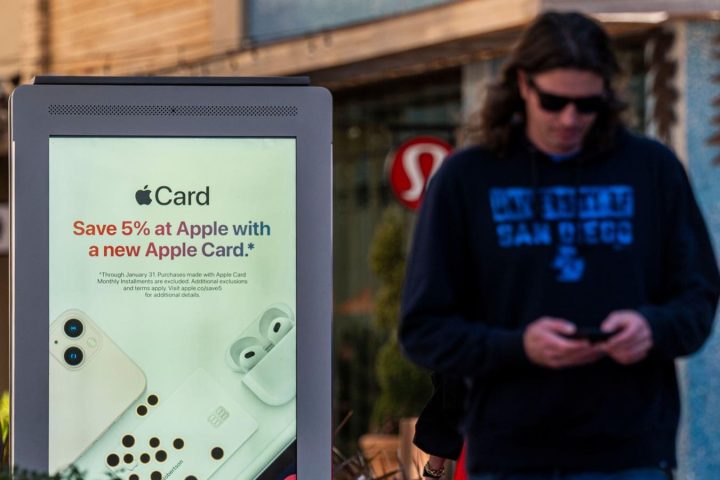Apple AAPL recently announced the soft launch of a new feature allowing users in the United Kingdom to view their current account balance via an integration into their Apple Wallet, powered via Open Banking APIs. Although Apple users have long been able to view their bank account balance via the Widgets feature and a simple account balance isn’t sexy, the real excitement comes with what Apple can do regarding personalization, contextualization, and PFM now that they have tapped into Open Banking APIs.
Where The Real Excitement Lies
The excitement around this launch isn’t necessarily around the balance view but rather three “firsts.”
- A BigTech using open banking APIs
- Apple soft-launching a feature outside of the US first
- A user able to view their account balance embedded in the point of payment
As a customer experience advisor in fintech, the third point is groundbreaking. This feature’s obvious, and perhaps only benefit, allows users to make a more informed decision when using Apple Pay. With the real-time balance embedded within the Wallet at the point of purchase, the user can see if they can use their credit card to make the purchase or if they are approaching their limit and instead should opt to use a debit card. Simple, yet impactful. Also, perhaps a stepping stone to offering hardware-based PFM.
Apple could completely change the PFM and payments game by building upon this feature to integrate PFM and payments. For example:
- Using geolocation to personalize and customize the experience. Imagine a user is abroad making a purchase; Apple can see if the user is in the EU or the US and will suggest which card to use according to foreign transaction fees. It could assess the past fee data with Open Banking APIs to determine the average FX fee paid per account and suggest the most cost-effective card.
- Using geolocation to maximize loyalty rewards. As Professor Markos Zachariadis pointed out in a LinkedIn post, he receives notifications from his Marks and Spencer app every time he is near a shop to encourage him to use his loyalty card. But what if Apple knew the user’s Monzo card gave 3% cash back at Nike (again based on Open Banking APIs to view past transaction data), determined the user was in a Nike store, and suggested to pay with their Monzo card?
- Using data to foster better spending behavior. PFM is excellent as it can provide a wake-up call to users who go off-budget or are habitual over spenders. However, often times PFM looks to the past, or the future, but rarely the present. But what if these insights appear in the Apple Wallet at the point of purchase? While this would prove a nightmare for consumer BNPL providers and card issuers, it could empower consumers to make positive behavioral changes. They may now think twice about buying their 15th pair of Nike shoes that year in the store or at the till.
All Eyes Are On Apple
With Apple’s recent foray into Embedded Finance via its Savings, Credit Card, and BNPL products, this is undoubtedly an exciting play and perhaps an indication of Apple’s grand vision to become the first hardware-based banking platform without actually being a bank. We may be witnessing the first steps towards Alessandro Hatami’s vision for the Spotify of Banking.
Read the full article here







